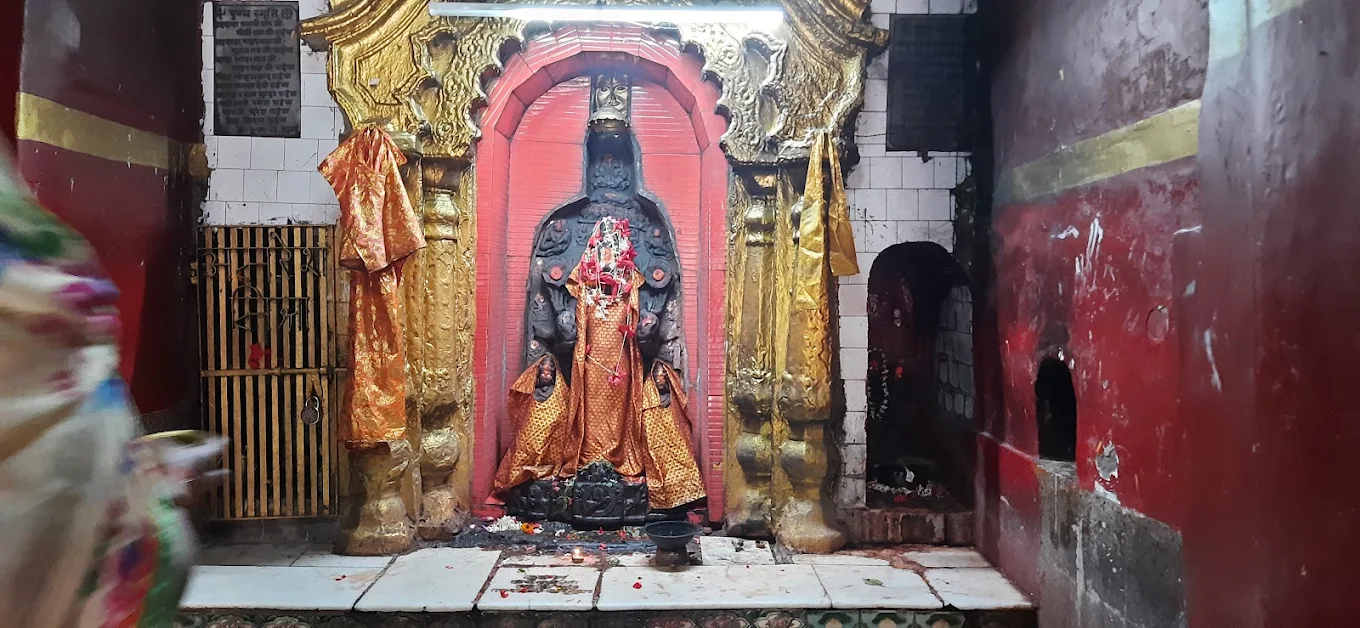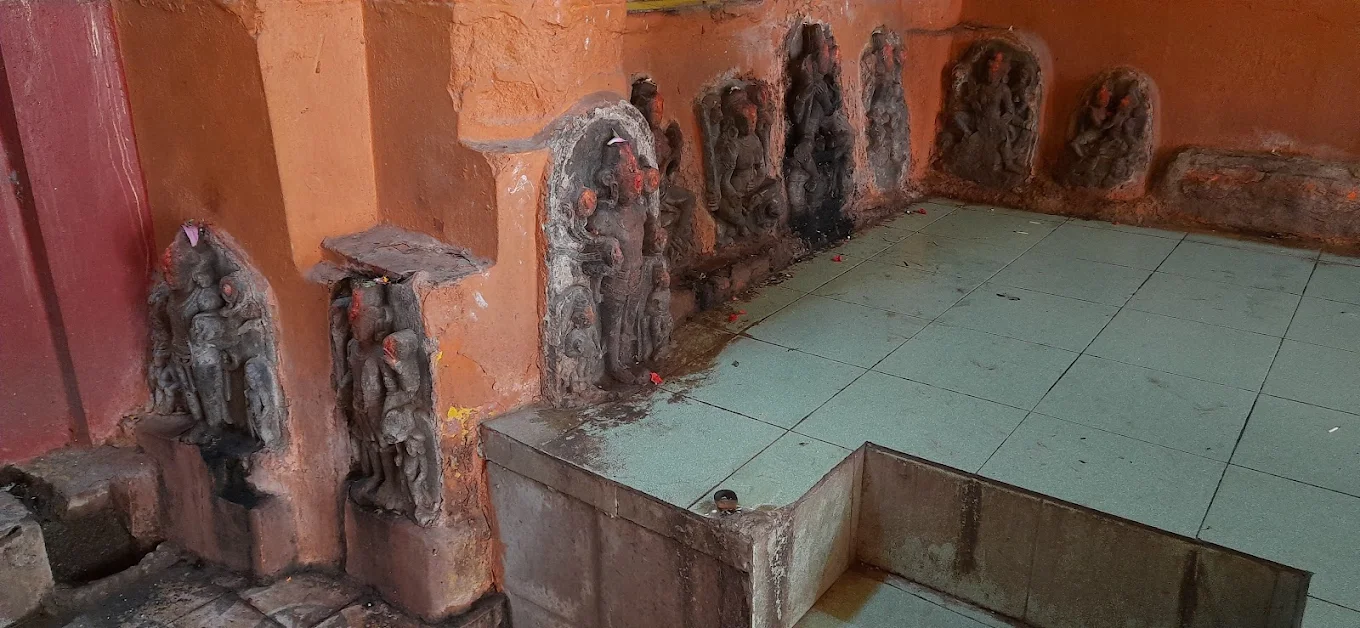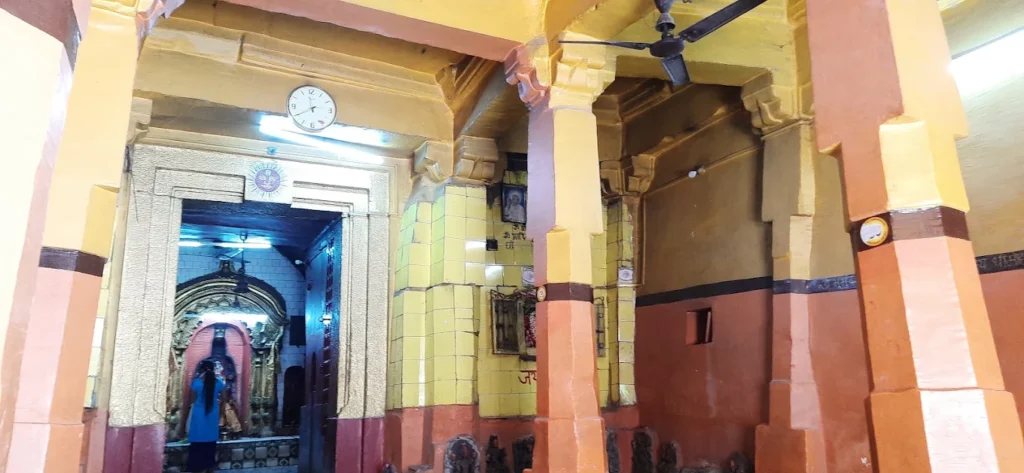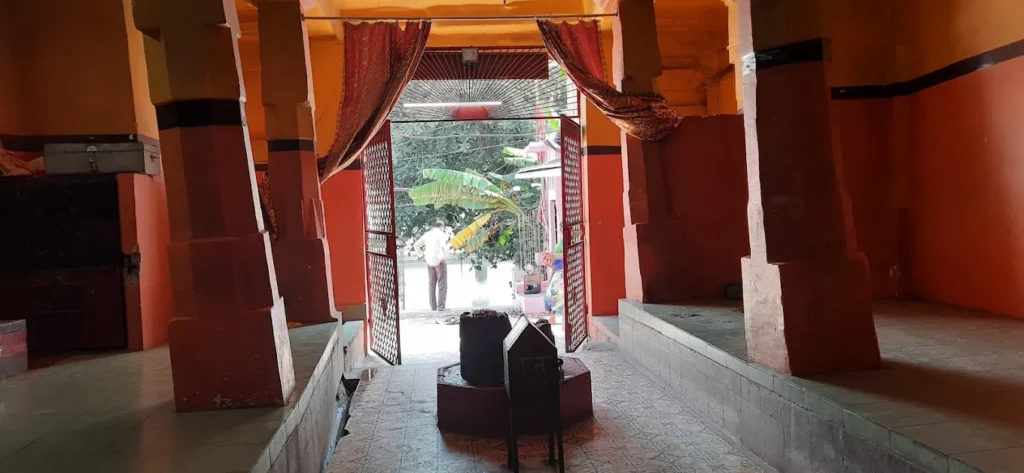Dakshinaarka Sun Temple

It is revered both for its mystical/legendary associations and for being a place of pilgrimage and spiritual retreat.






Architecture of the Temple

The temple structure includes a courtyard with three shikharas (temple spires), two are modern and one ancient.
There is a tall pink arched gateway at entrance, with stairs made of white marble, with railings.
Flooring includes marble and mosaic in the verandah, with a long verandah (corridor) leading to cave entrance.
The entrance to the cave is under a dome (Gumband), which is ribbed and adorned; the dome entrance shows paintings with Mughal and Dogra style influence, especially floral motifs. The ceiling of dome and niches are decorated in style akin to Jammu school of painting (19th century) with colours like indigo etc.
How to Reach to Temple
Location: On Circular Road in Jammu city, about 2‑4 kilometres from Raghunath Bazar, on the bank of River Tawi.
By Road: It is accessible by auto‐rickshaw, taxi or local transport from city centre. Being close to major area of Jammu, reaching via road is easy.
By Train/Air: Jammu Tawi Railway Station is nearest railway hub. Jammu Airport is the air access. From there local transport to the temple. (Exact distances depend on your starting location in Jammu.) — this is typical for temples in city.

Temple Timings
























































